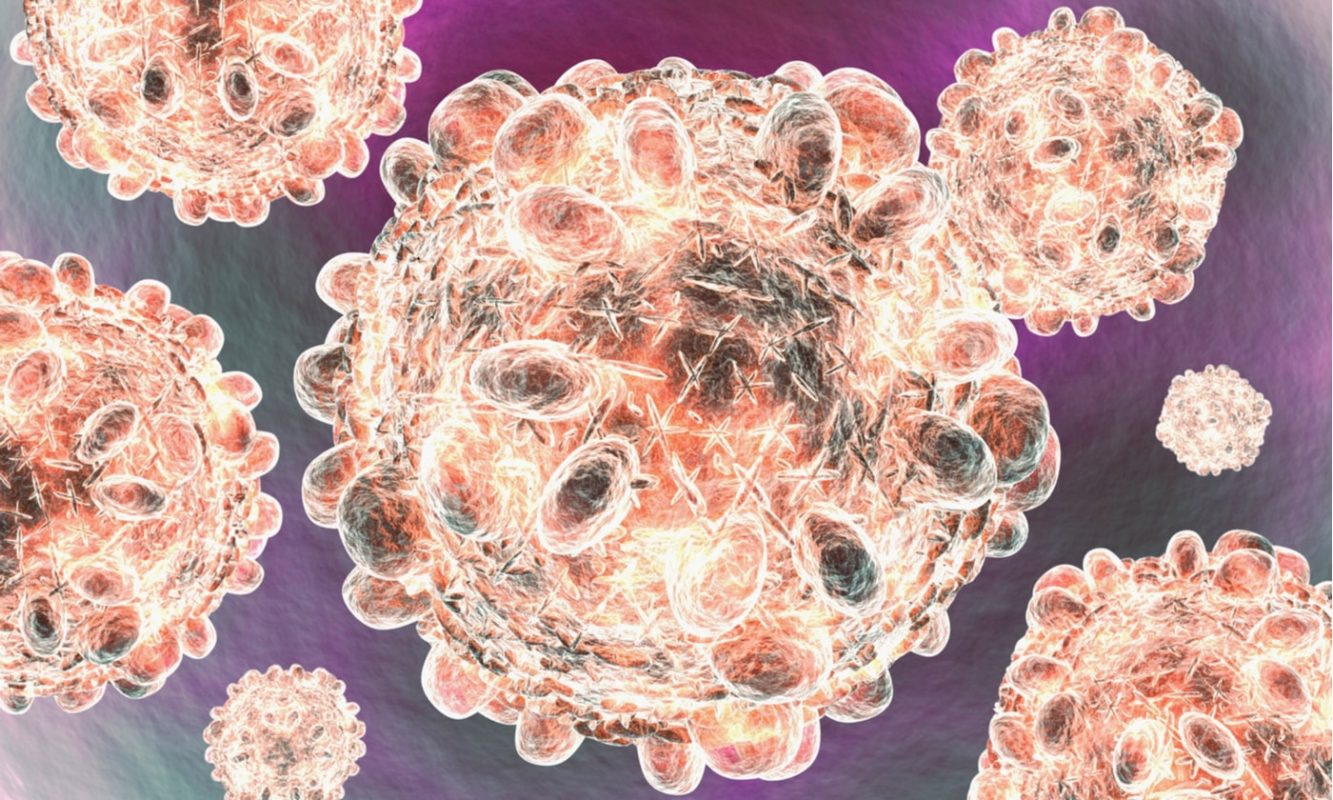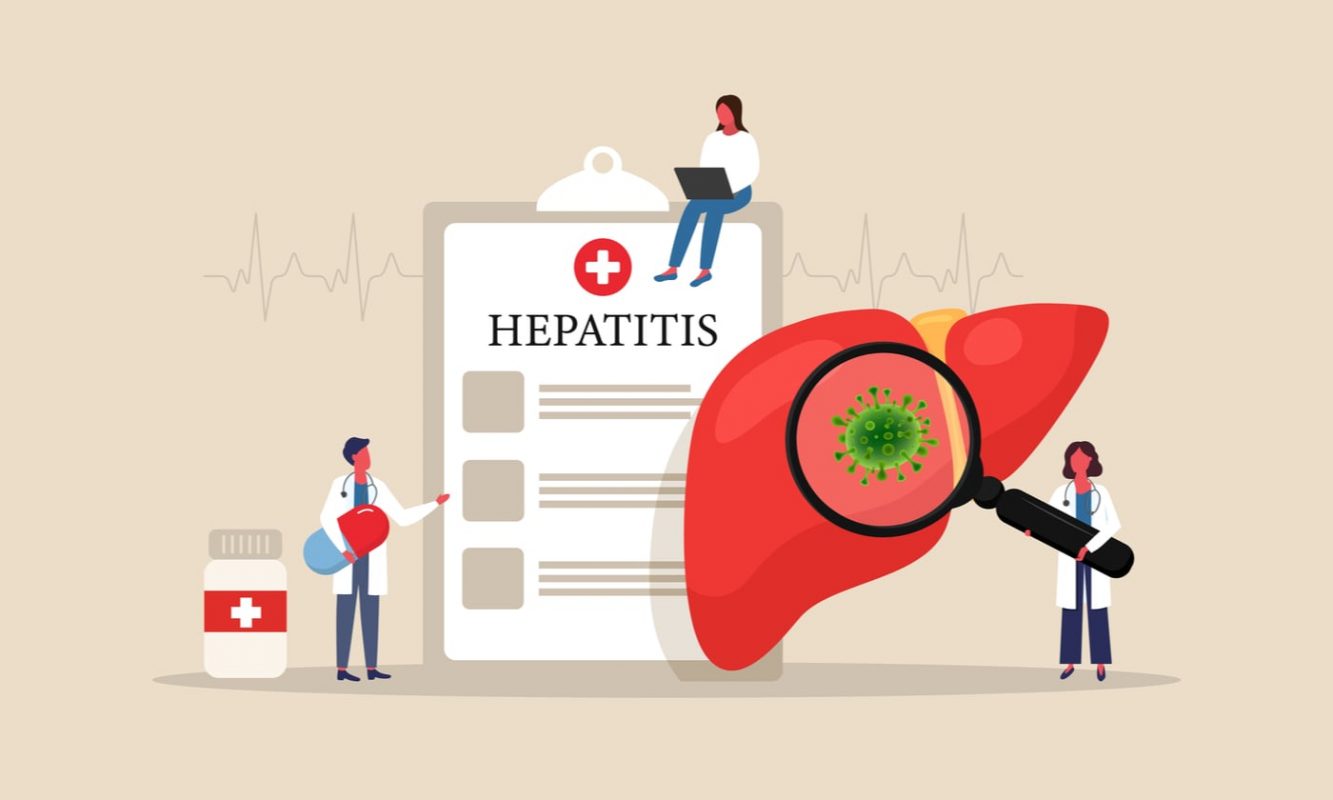Many sexually transmitted diseases (STDs) are more common than you may realize, particularly in sexually active youth aged 15 – 24 years. Thankfully most STDs are easily treated and there are no long-term health complications.
Discussing a positive STD test result with your sexual partner can be very intimidating. There is quite a lot of stigma associated with STDs, despite the fact that many of them are quite common. Unfortunately, if you test positive for an STD, that is a conversation that really needs to take place.
Who should get tested?
All of your recent and current sexual partners should be tested, even if you consistently use condoms and your partner is not experiencing any symptoms. Although correct condom use does reduce the risk of transmitting STDs, it does not eliminate the risk, and many STDs are asymptomatic, meaning that there are no obvious symptoms, yet they can still be transmitted to others.
In addition, if you are successfully treated for an STD, but your partner is not tested and treated, you are at risk of your partner passing the STD to you again. Recurrent infections are associated with an increased risk of serious health complications.
For example, an initial chlamydia infection may only cause mild symptoms or no symptoms at all, and it is easily treated with oral antibiotics. However, untreated and recurrent chlamydia infections are associated with an increased risk of pelvic inflammatory disease in females. This can lead to chronic pelvic pain, pregnancy complications, and even infertility.
Tips for having the uncomfortable STD conversation
- Choose the right timing. Ideally not just before or during sex! Make sure you are in a private setting with no distractions.
- Know some of the facts. Examples:
- Let them know how common the STD is: There are an estimated 2.86 million chlamydia cases in the United States every year (1)
- Explain how the STD can be treated: Oral antibiotics for chlamydia are simple and effective (2). Early treatment reduces the risk of any long-term health complications.
- Discuss how easy the test is. Our at-home test kits are ideal for this situation! No need to make a doctor’s appointment for sample collection or laboratory analysis. A blood sample is not even required for chlamydia and gonorrhea testing – just a self-collected urine sample.
- Reiterate how many STDs may not cause any symptoms in some people, but testing is still important.
- Consider your safety. Is your partner going to react angrily if this STD test result may indicate dishonesty?
References:
1. Sexually Transmitted Infections Prevalence, Incidence, and Cost Estimates in the United States. Jan 25 2021.
2. Workowski KA & Bolan GA (2015) Sexually Transmitted Diseases Treatment Guidelines, 2015. MMWR Recomm Rep, 64 (RR-03), 1-137.
Related Tests
- Complete STD Panel
- Chlamydia trachomatis, NAA
- Chlamydia trachomatis, Neisseria gonorrhoeae, NAA
- Chlamydia trachomatis, Neisseria gonorrhea, Trichomonas vaginalis, NAA
- Hepatitis B and C Screen
- Hepatitis C Antibody (Anti-HCV)
- HIV-1 & HIV-2 Antigen & Antibody Screen, 4th Generation
- Neisseria gonorrhoeae, NAA
- Treponema pallidum (Syphilis) Antibody Screen
- Trichomonas vaginalis, NAA










